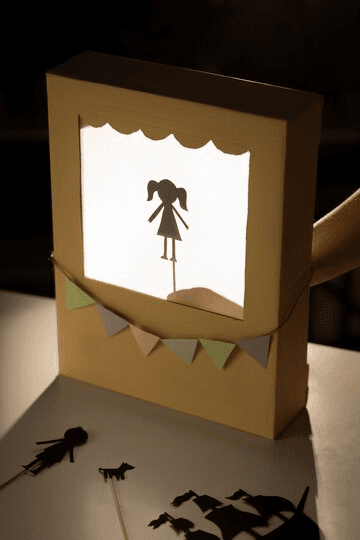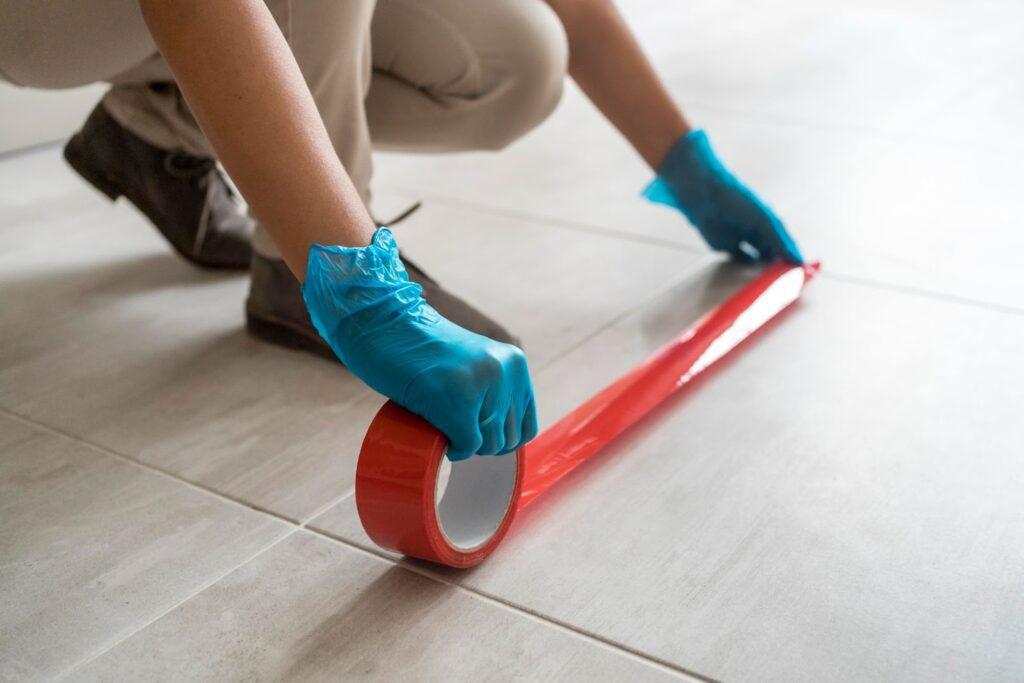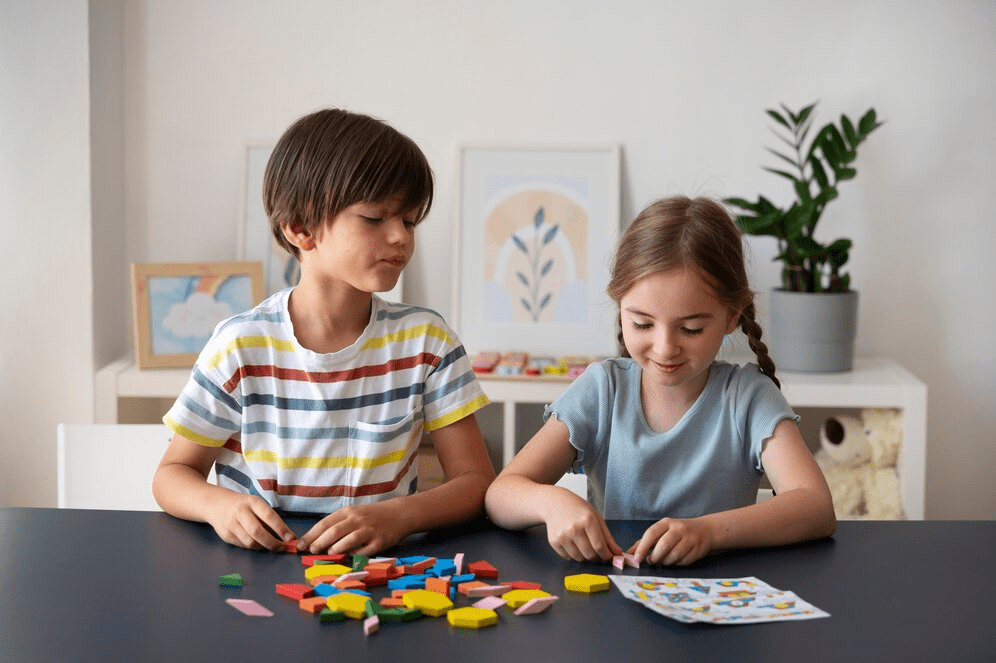When winter blankets the world in white, indoor time doesn’t have to mean screen time. Instead, let’s transform these cozy days into extraordinary learnings that spark curiosity and build essential skills. Here’s a collection of innovative indoor activities for kids that go beyond traditional arts and crafts, designed to engage young minds in meaningful ways. If you’re looking for even more creative ways to keep little ones entertained, check out our previous blog on holiday activities for more fun ideas!
1. Mini Archaeologists at Work

Picture your little one’s eyes lighting up as they uncover hidden treasures in their very own archaeological dig! Create an exploration station using a large container filled with kinetic sand, carefully placed toy dinosaurs, and mock fossils. Equip your budding archaeologist with real tools – soft brushes, magnifying glasses, and specimen collection boxes. This learning activity isn’t just play; it’s a gateway to understanding scientific methodology, developing fine motor skills, and learning the art of careful observation. Encourage them to document their discoveries in a special “Field Journal” with drawings and storytelling.
2. Shadow Science Theater

Transform your little one into a light scientist! Move beyond basic shadow puppets by introducing the magic of color and light manipulation. Using colored cellophane, multiple light sources, and various materials, children can create stunning shadow effects while learning about light properties. Watch as they discover how overlapping colors create new ones, or how distance from the light source affects shadow size. This early childhood education activity beautifully merges science with storytelling, encouraging both creative expression and scientific understanding.
3. Young Engineers' Recycling Lab

Turn your recycling bin into an engineering wonderland! Create an innovation station using cardboard tubes, boxes, and plastic containers. Challenge your little engineers to design marble runs, simple machines, or water transport systems. This isn’t just about building – it’s about understanding cause and effect, solving problems, and developing spatial awareness. Make it more exciting by introducing weekly engineering challenges: “Can you build a bridge that holds three toy cars?” or “Design a tube system that can transport a ping pong ball across the room!”
4. Coding Without Screens

Introduce the fundamentals of coding through physical movement and play. Create a colorful grid on your floor using tape, and develop simple command cards (forward, backward, turn, jump). Watch as children learn to “program” each other’s movements, developing sequential thinking and problem-solving skills. Make it more engaging by creating themed missions: “Help the astronaut reach the moon” or “Guide the penguin to its igloo.”
5. Rainbow Science Lab

Transform your space into a color laboratory where young scientists can explore the fascinating world of light and color. Use prisms to create rainbow projections, mix colored water to understand color theory, and experiment with light filtration. Add an artistic twist by creating “stained glass” windows using tissue paper, or conduct “magic color mixing” experiments with transparent overlays.
6. Sound Wave Discovery Center

Make the invisible visible! Create a sound exploration station where children can see sound waves in action. Place rice on a drum surface or water in clear containers near speakers to visualize sound vibrations. This hands-on approach to physics helps children understand that sound is more than just what we hear – it’s energy in motion!
7. Interactive Math Games

Put a creative spin on mathematical learning by turning everyday moments into exciting learning. Embark on a “Number Hunt” treasure map, where children follow mathematical clues to uncover hidden treasures and strengthen their number sense. Transform the classroom into a “Shape Detective” zone, challenging kids to solve geometric puzzles and identify shapes in their environment. Build a “Pattern Palace” where children complete sequences using everyday household items, turning math into a hands-on and imaginative experience. These engaging activities make learning math an interactive, fun-filled journey that sparks curiosity and creativity.
8. Language Games

Transform language learning into an exciting journey by incorporating fun and interactive activities. Roll story dice with pictures to spark creativity and create unique tales, or play “Word Builder” using magnetic letters paired with picture cues to strengthen vocabulary and spelling skills. Take it a step further with a “Rhyme Time” challenge, using winter-themed words to engage children in rhyming and enhance their phonetic awareness. These activities make language learning enjoyable and effective, fostering both creativity and literacy.
Remember to capture these magical learning moments through photos and encourage children to maintain their own “Winter Learning Journal.” This documentation not only creates wonderful memories but also helps support learning concepts and track developmental progress. You can also post it on Instagram and tag imathsofficial so that we can see your preschooler’s creations too!
Join the i-Maths Revolution!
The key to successful early childhood education lies in making learning feel like play. These activities aren’t just about keeping your preschooler busy during winter – they’re about nurturing curiosity, building confidence, and developing essential skills that will last a lifetime.
Ready to take your child’s mathematical journey to exciting new heights?
i-Maths specializes in turning mathematical concepts into playful learning that captivates young minds. Our innovative curriculum builds on children’s natural curiosity and problem-solving abilities, creating strong foundations for future learning.

